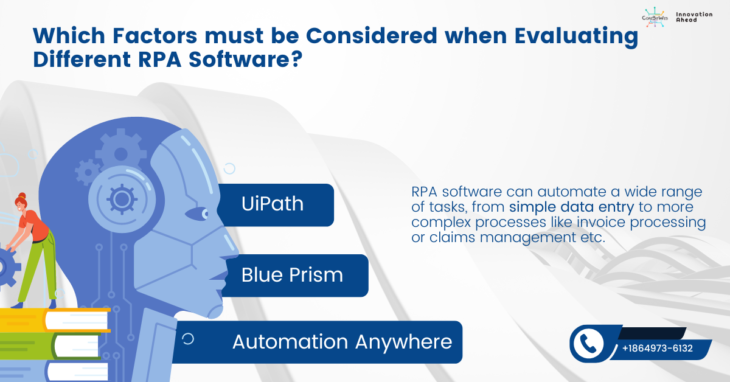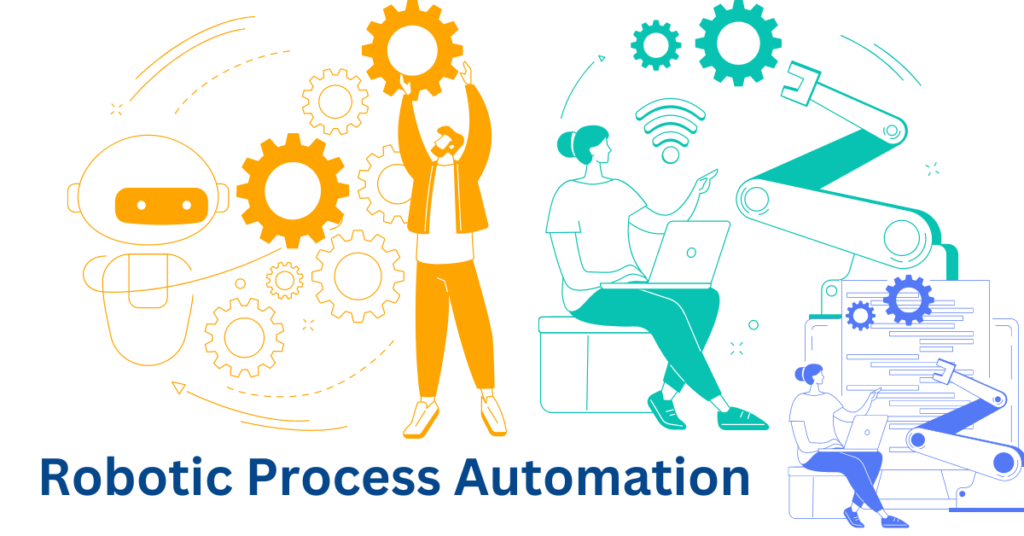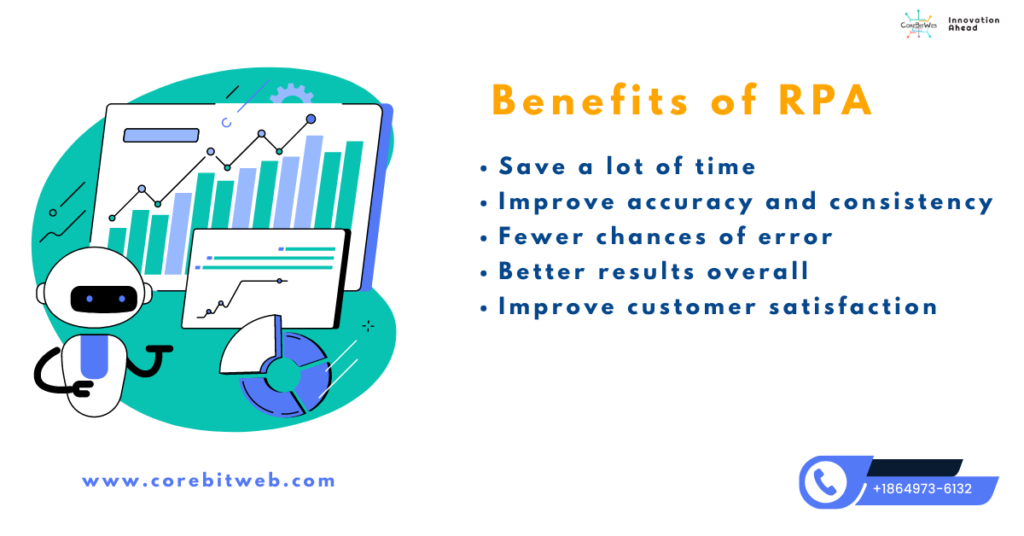
There are several factors to consider when evaluating different RPA software options – from the features and capabilities offered by the software, to its ease of use and price.
In this article, we’ll take a look at some of the key factors you need to keep in mind when choosing RPA software, so that you can make the best decision for your business.
The Different Types of RPA Software
When it comes to RPA software, there are a few different types that you need to be aware of. Here is a quick rundown of the most popular RPA software on the market today:
- UiPath: UiPath is one of the most user-friendly RPA software programs available. It offers a wide range of features and is suitable for a variety of businesses.
- Blue Prism: Blue Prism is another popular RPA software program. It is more complex than UiPath but offers a wider range of features.
- Automation Anywhere: Automation Anywhere is a powerful RPA software program that offers a wide range of features. However, it can be complex to use and is not suitable for all businesses.
- WorkFusion: WorkFusion is an RPA software program that offers a wide range of features and is suitable for a variety of businesses. However, it can be complex to use.
The Pros and Cons of RPA Software
When it comes to choosing the right RPA software for your business, there are a few factors you need to take into account. In this blog post, we’ll run through some of the pros and cons of RPA software so that you can make an informed decision about which one is right for you.
On the plus side, RPA software can automate a wide range of tasks, from simple data entry to more complex processes like invoice processing or claims management. This can free up your employees to focus on higher-value work, and it can help to improve accuracy and consistency across your organization. Additionally, RPA software is typically very user-friendly and can be quickly deployed without much disruption to your existing systems.
There are a few potential downsides to consider as well, however. First, RPA software can be expensive, and it may require some upfront investment to get started. Additionally, RPA software is only as good as the data it’s working with, so if your data is inaccurate or incomplete, the results of the automation will likely be as well. Finally, RPA software can’t yet handle all tasks perfectly – in some cases, human intervention will still be required.

How to Choose the Right RPA Software for Your Business?
There’s no one-size-fits-all answer to the question of which RPA software is the best. The best software for your business will depend on many factors, including the specific needs of your business, the size and complexity of your operations, and your budget.
Hence we brought here some of the key factors you’ll need to consider when evaluating different RPA software options:
- Ease of Use: How easy is the software to use? Will it require extensive training for your staff? How user-friendly is the interface?
- Compatibility: Is the software compatible with your existing systems and infrastructure? Will it require any modifications or special configurations?
- Functionality: Does the software have all the features and functionality you need? Does it offer any extras or bells and whistles that you don’t need?
- Pricing: How much does the software cost? Is there a subscription fee or a one-time license fee? Are there any additional costs for support or maintenance?
- Vendor Reputation: What do other users say about the software? Is the vendor reputable and reliable? Do they offer good customer support?
Factors to Consider When Evaluating RPA Software
When it comes to evaluating different RPA software, there are a few key factors that you need to take into account. Here are some of the most important ones:
- Ease of use and user-friendliness: One of the most important factors to consider is how easy the software is to use. You don’t want something too complicated or time-consuming to set up and use.
- Compatibility: Make sure the RPA software you choose is compatible with the systems and applications you’re using. Otherwise, it won’t be able to work properly.
- Scalability: Another important factor to consider is whether the RPA software is scalable. This means that it can grow with your business as your needs change and increase over time.
- Pricing: Of course, you also need to consider pricing when choosing RPA software. Fortunately, there are many affordable options on the market today.
Take all of these factors into consideration when evaluating different RPA software to find the best option for your business needs.
The Benefits of RPA Software
When it comes to business, there are a lot of factors that must be considered to make sure that everything is running smoothly. One important factor to consider is the software that is being used to run the business. There are many different types of software out there, but not all of them are created equal. That’s why it’s important to carefully evaluate different types of software before making a decision.

One type of software that has become increasingly popular in recent years is known as RPA software. RPA stands for “robotic process automation.” This type of software can be used to automate various tasks within a business. For example, RPA software can be used to automatically fill out forms, populate databases, and generate reports.
There are many benefits that come with using RPA software. Perhaps the most obvious benefit is that it can save a lot of time. Automating tasks means that they will get done faster, which can free up time for other tasks. Additionally, RPA software can help to improve accuracy and consistency. When tasks are automated, there are fewer chances of error which leads to better results overall.
Finally, RPA software can help to improve customer satisfaction. When tasks are automated, they are usually done more quickly and accurately. This can lead to happier customers, which can lead to more repeat business.
If you’re looking for a way to improve your business, RPA software may be the right solution for you.
How to Implement RPA Software in Your Business?
When it comes to implementing RPA software in your business, there are a few factors you need to consider. Here are some tips on how to get started.
- Assess your Business Needs. What processes do you want to automate? What tasks do your employees currently spend the most time on? Answering these questions will help you narrow down your options and choose the right RPA software for your business.
- Consider ease of use and implementation. You’ll want to choose an RPA software that is easy to use and implement so that you can get up and running quickly and without any headaches.
- Compare pricing and features. Not all RPA software is created equal, so be sure to compare pricing and features before making your final decision.
- Get input from your employees. Your employees will be the ones using the RPA software, so it’s important to get their input on which option is best for your business. They can offer insights on user-friendliness, training needs, and more.
- Test out the software before committing. Once you’ve narrowed down your choices, it’s time to test out the software to see how well it meets.
Conclusion
There are a few key factors to consider when evaluating different RPA software options. First, you’ll want to consider the functionality of the software and whether it meets your specific needs. Second, you’ll want to look at the price of the software and compare it with the different Robotic Process Automation Companies.
Finally, you’ll want to read reviews of the software to see what others think of it before making your final decision. By taking all of these factors into account, you should be able to find the best RPA software for your business needs.